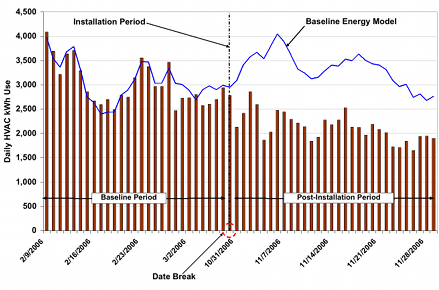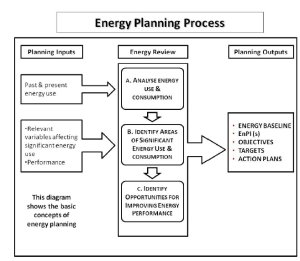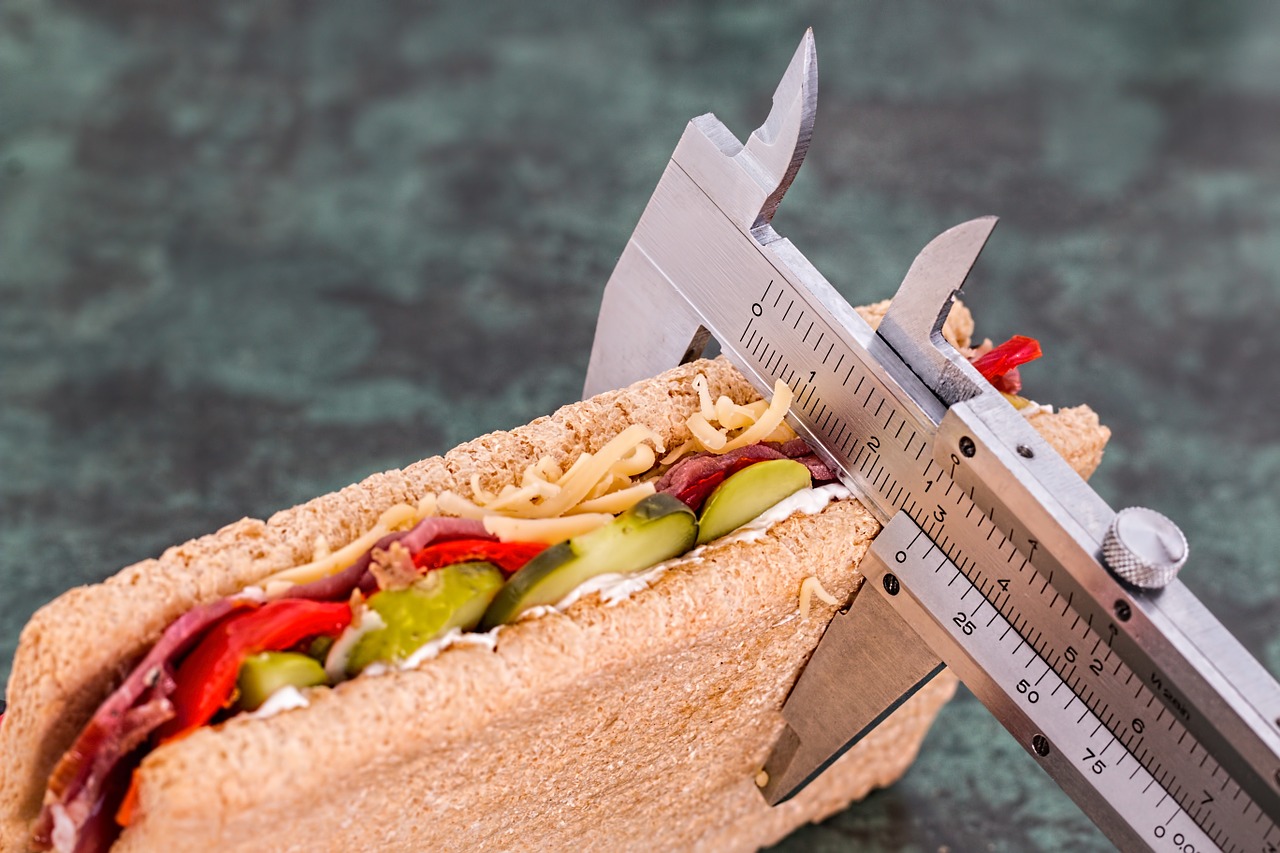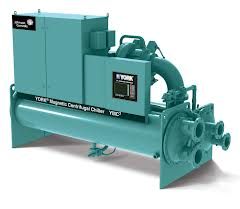In my earlier post M&V Overview I discussed that I would be creating posts centered around each of the M&V approaches. In this post I will be writing an in depth review of Option C Measurement and Verification (M&V). You can expect to learn the following from this post. The layout of this post is going to be very similar to the other M&V posts as it is my goal to give you an in-depth review of the four M&V methods to aid you in selecting the right approach.
- What is Option C M&V
- When is Option C M&V Applicable
- How do I establish a Baseline in Option C M&V
- How do I best conduct Option C M&V
- Examples of Option C M&V tracking Energy Conservation Measures (ECM's)
- Resources on creating a Option C M&V Framework.
What is Option C M&V
The Option C M&V approach is a whole building approach to M&V. Utilizing meter data this approach is based on continuous measurement of meter data across a long-term period. Being that environmental factors change throughout the year the M&V specialist will see the best results when conducting this approach across a full year.
Because of this, this M&V approach typically runs for periods 12, 24, or 36 months. Option C can be based on historical data and/or modeled meter usage. Finally, this approach allows for the implementation of regression analysis which allows factors to be applied to the model to adjust the measured data. Examples of these factors are weather data, occupancy, and others. Refer to IPMVP 2007 APpendix B-2 and ASHRAE Guideline 14-2002 Annex D for further detail.
When is Option C M&V Applicable
Option C is applicable when the following variables exist:
- Savings are predicted to be around 10% to 20% of the overall consumption that is being measured.
- 12 to 24 months of data is available to calculate the baseline (modeling can be used as a substitute.)
- 9 to 12 months of performance data is utilized to calculate annual savings
- If using regression modeling, adequate data needs to be available for the regression variables.
- Other significant changes that will impact the M&V measurement are not being planned (e.g. Chiller retrofits, AHU replacements)
How do I establish a Baseline in Option C M&V
Option C M&V in some cases provides a very simple approach to creating a baseline. The following are steps to establishing a solid option C baseline. A visual representation of this list follows this section.
- Choose a Retrofit or Improvement strategy (this will tell you which system to measure)
- Identify the utility/meter that the baseline is based upon.
- Pick a length of time for your historical baseline typically 12-24 months
- Gather historical data for the meter pre-retrofit (in the case of new construction work with your design engineer to create a baseline)
- Select your key variables for regression analysis
- Gather data from the regression variables you have selected.
- Consolidate the data to create the baseline in regressed (variables applied) and non-regressed (variables not applied) format
How do I best conduct Option C M&V
Now that you have your baseline you can begin to move through the steps of implementing your Option C Measurement and Verification Plan. There are 3 key points that you must address now that you have your baseline.
- You must create a M&V Plan- While the scope of creating a M&V plan are beyond the purpose of this article you can find relevant information to creating an M&V Plan here. With any M&V approach it is always beneficial to seek the assistance of a qualified M&V specialist.
- You must conduct post installation verification to ensure that the implemented ECM/FIM is meeting the targeted energy goals. Resources to conducting M&V verification are here.
- Finally, you need to be able to periodically measure results as the project goes on throughout its forecasted life-cycle. A solid template for conducting this analysis is here.
Examples of Option C M&V tracking Energy Conservation Measures (ECM's)
Good examples of ECM's and retrofits centered around Option C M&V are.
- Large Scale Equipment Modification
- Upgrade from Pneumatic to DDC control System
- Major Building Envelop Changes
- Implementation of a Renewable Energy Plan
- Major Control System Resequencing







